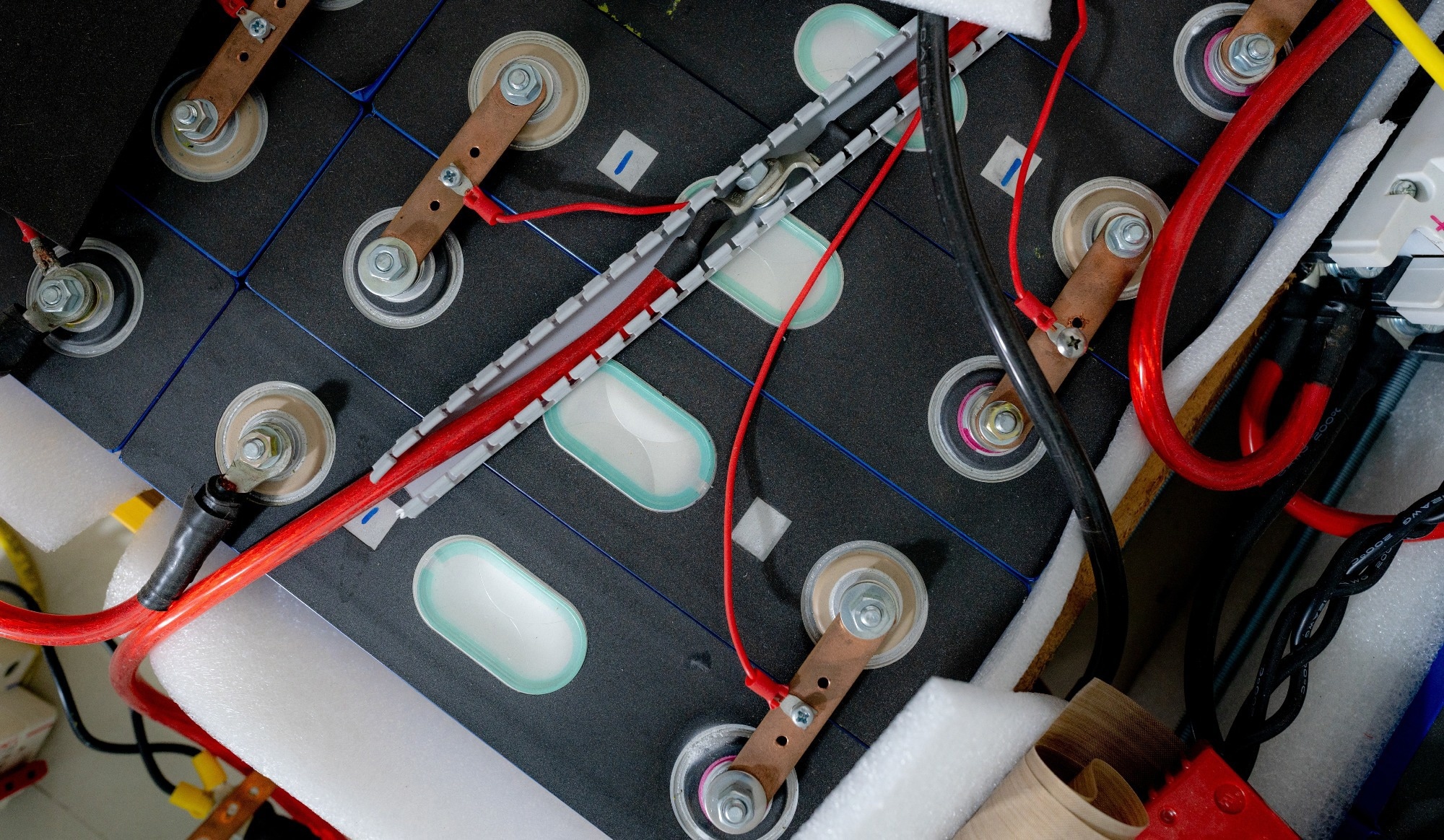A tiny tweak in chemistry, just 1 % calcium, could solve one of the biggest hurdles holding back sodium-ion batteries from powering the clean energy future.
 Image Credit: Fahroni/Shutterstock.com
Image Credit: Fahroni/Shutterstock.com
Researchers at Tokyo University of Science (TUS) have developed a simple calcium-doping technique that dramatically improves the air and moisture stability of sodium-ion battery cathodes. The study was published in the Journal of Materials Chemistry A.
The team enhanced a promising cathode material, Na2/3[Fe1/2Mn1/2]O2 (NFM), by substituting a small amount of sodium with calcium. Despite comprising less than 2 % of the electrode by weight, this calcium addition significantly improved environmental tolerance without compromising battery performance.
In standard conditions, NFM loses up to 35 % of its capacity after just two days of air exposure. The calcium-doped version maintained full capacity over the same period and exhibited no measurable degradation.
It also outperformed the undoped material at higher discharge rates, achieving more than twice the capacity at 1C, and showed improved cycling stability.
Surface analysis revealed that the enhanced stability stems from spontaneous migration of Ca2+ to the particle surface, forming a protective layer that prevents Na+/H+ exchange and structural breakdown. The protective effect extended to slurry preparation, where Ca-doped samples resisted the gelation issues that typically affect NFM when processed in air.
While long-term exposure still led to some surface degradation, calcium-doped NFM remained significantly more resilient than the undoped version in both humid air and direct water immersion.
According to our surface analyses, the improved stability appears to stem from spontaneous Ca migration during air exposure, which leads to the development of a protective Ca-enriched surface layer that suppresses the decomposition processes, such as Na+/H+ exchange and Na deintercalation.
This newly explored mechanism appears to be quite effective for mitigating surface degradation reactions in layered oxides.
Research Lead, Professor Shinichi Komaba
The researchers suggest that this approach could help enable aqueous binder systems and simplify electrode fabrication, bringing sodium-ion technology closer to real-world use in renewable energy grids.
I believe that the outstanding results achieved in such a short period of time by Ms. Monalisha Mahapatra, a student in the JICA program, were due to both her own hard work and the support system of the entire laboratory.
Research Lead, Professor Shinichi Komaba
Calcium Doping Solves Stability Issues in Sodium-Ion Batteries
Video Credit: Tokyo University of Science
Journal Reference:
Mahapatra, M., et al. (2025) Enhanced air stability by calcium doping in Na2/3[Fe1/2Mn1/2]O2 cathode material for Na-ion batteries. Journal of Materials Chemistry A. doi.org/10.1039/D5TA04742K